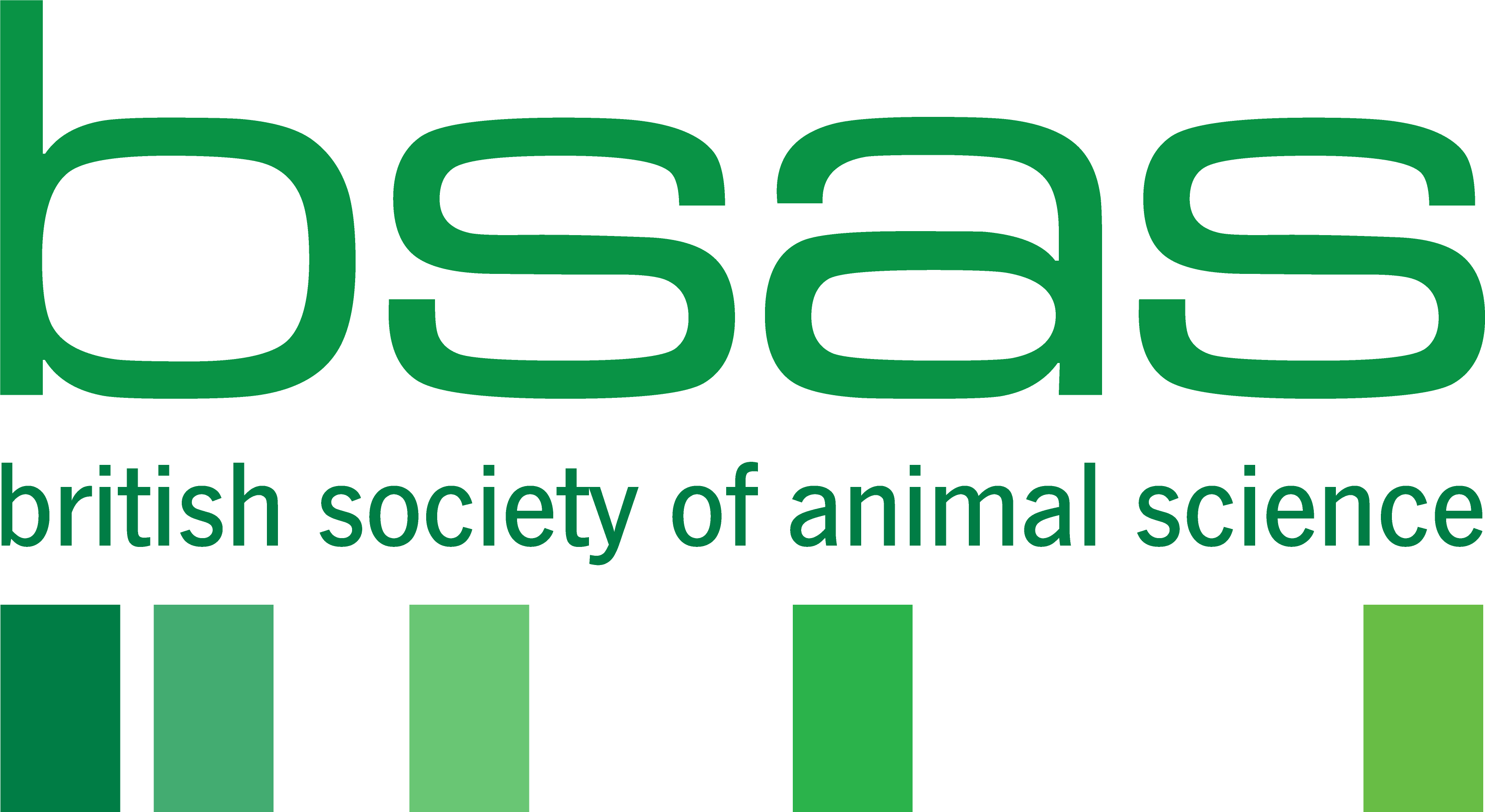Assessing the impact of mastitis and lameness on milk yield, milk quality, activity, rumination, and behaviour in Holstein/Friesian dairy cattle housed in an indoor automated milking system.
By Oliver Ashton
Take home message:Lameness and mastitis are painful diseases with variable effects dependent on causation, severity and environmental factors, occurring commonly in dairy cows. On this indoor automatic milking system milk yield, milk temperature and SCC were the main measures for mastitis. Activity level was the key measure for mild or chronic lameness.
Lameness and mastitis are the most common diseases in UK dairy herds, which have severe implications for animal welfare due to the prevalence and length of the conditions. Generally, economic impacts are also present with reduced production and increased costs. Production losses due to lameness and mastitis are inconsistently reported, dependant on lactation stage, genetics and environmental conditions. Therefore this study aimed to determine the effects of these diseases on cows in an indoor automatic milking system.
Holstein/Friesians were identified as ‘lame’ when undergoing veterinary treatment or had obvious difficulty moving. However severely lame animals were moved to hospital pens, thus lame animals in this study were mildly or chronically lame. Animals were identified as ‘mastitis’ when undergoing veterinary treatment or had somatic cell counts (SCC) >1000. SCC is an inflammatory measure, often used as a marker for mastitis. Sixty affected animals, comprised of 45 mastitis and 15 lame cows, were paired with 60 healthy animals at the same lactation stage and parity. Milk parameters were collected for a seven day period and averaged, in addition to five-weeks of historical data. Activity levels were collected through an accelerometer and rumination times through a collar microphone for a 24 hour period and averaged. Behaviour frequencies were recorded individually from viewing platforms above the cows every two minutes for two morning hours and two afternoon hours.
T-tests showed that mastitis reduced (p=0.043) milk yield from 35.08±1.92kg/day to 29.42±1.98kg/day and increased (p=<0.001) milk temperature from 38.52±0.069oc to 39.26±0.159oc, but had no effect on activity, rumination times or milk composition. General linear modelling showed SCC and milk temperature had a significant (p=0.034) relationship and SCC had a negative effect (p=0.041) on milk yield, with parity as a covariate. Milk temperature however, did not have an effect on yield. There was no effect of mastitis, SCC, milk temperature or yield on activity or rumination using t-tests. Drinking behaviour was increased (p=0.035) by 66% in mastitis cattle compared to healthy cows using t-tests. Historical data displayed significant (p>0.05) reductions in milk yield from two days prior to mastitis diagnoses when using an auto-correction (lag) analysis.
T-tests also showed lameness did not affect milk yield (p=0.209) despite a drop from 38.12±3.2kg/day to 31.85±3.67kg/day. Similarly lameness did not affect milk composition, rumination or behaviour. T-tests showed lame cattle were 11.1±0.221% less active (p=0.037) than heathy cows. Historical data showed significant (p>0.05) reductions in milk yield from four days prior to lameness diagnoses.
It should be noted that most measurements in the study were recorded after diagnoses and treatment, thus sickness behaviour and physiological effects may have been recovering. The study farms high level of data collection may also have provided earlier diagnosis than typical reducing the lag predictions.
In conclusion, in this study mastitis reduced yield from two days prior to diagnoses and increased milk temperature, which could be used alongside SCC to detect mastitis. Increasing SCC also reduced yield which could be used as a measure of the severity of mastitis. Mild or chronic lameness reduced activity levels which appears to be the best remote method of detection due to the variability of yield changes.
This study was undertaken by Charlotte Craggs during her Zoology BSc (Hons) in the School of Biological Sciences, University of Aberdeen. Charlotte would like to acknowledge her supervisor Dr Catherine Hambly for her support and guidance, in addition to the staff at Mackie’s Dairy. Charlotte is currently a Sales Support Coordinator at Mackie’s of Scotland.
Oliver Ashton, Queen’s University Belfast PhD Student
Oliver is a member of the BSAS Early Career Council and is in the final year of his PhD in collaboration with Devenish Nutrition at Queen’s University Belfast, where he is studying the development of novel immunomodulatory ingredients for piglet feed.
